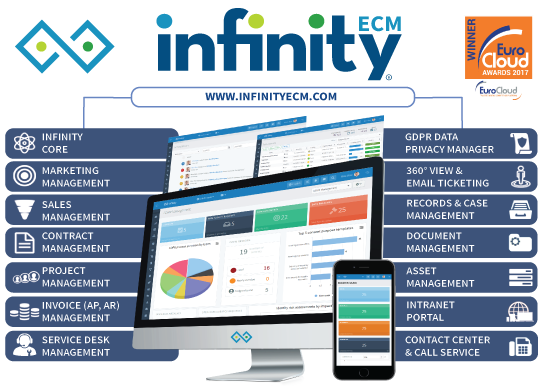We are proud to announce that our APPCRO BMS platform is running also on Microsoft Azure PaaS services and is available to try through the Microsoft AppSource Marketplace: Find the right app | Microsoft AppSource.
Let’s first discuss the term “aaS,” which is a Service. In simpler terms, it’s known as the “Cloud.” This Cloud Computing Model enables on-demand access to a pool of computing resources such as storage, servers, applications, and services that can be managed with minimum effort. Azure offers three main cloud computing platform services:
SaaS – Software as a Service
IaaS – Infrastructure as a Service
PaaS – Platform as a Service.
Platform as a service (PaaS) is a complete development and deployment environment in the cloud, with resources that enable you to deliver everything from simple cloud-based apps to sophisticated, cloud-enabled enterprise applications. You purchase the resources you need from a cloud service provider on a pay-as-you-go basis and access them over a secure Internet connection.
Like IaaS, PaaS includes infrastructure—servers, storage, and networking—but also middleware, development tools, business intelligence (BI) services, database management systems, and more. PaaS is designed to support the complete web application lifecycle: building, testing, deploying, managing, and updating.
PaaS allows you to avoid the expense and complexity of buying and managing software licenses, the underlying application infrastructure and middleware or the development tools and other resources. You manage the applications and services you develop, and the cloud service provider typically manages everything else.
Why APPCRO BMS use PaaS
Since PaaS builds on top of IaaS, PaaS offers more features of business tools, middleware and development tools while providing the advantages and value that come up with IaaS.
Time Efficiency
With the development tools offered by PaaS, our developers can further reduce the time spent for coding the new app since they can integrate the pre-coded components of the platform such as security features, directory services, search options, etc. into the developing application.
Application Lifecycle
We can manage Application Lifecycle efficiently because PaaS is designed to support the complete web application lifecycle of building, testing, deploying, managing, and updating.
Multi-Platform Support
The ability to develop applications for multiple platforms of computers mobile devices and browsers makes application development much easier and quicker.
Geo-distributed development
Since the development environment is accessible via the internet, multiple development teams located in various locations can work together on application development.
Cost
The primary benefit of using PaaS is its utility billing model, i.e., it bills only for what is used. Because PaaS provides both the hardware and the software infrastructure eliminating the need to invest in hardware and software, it yields significant cost savings.


 Hrvatski
Hrvatski Français
Français Deutsch
Deutsch